Biteye: Gitcoin Round 18 Donation Guide and Overview of Quality Projects
Author: Biteye Core Contributor Lucky
Editor: Biteye Core Contributor Crush
Community: @BiteyeCN
On the evening of August 15, Gitcoin officially launched a new round of donations, "Gitcoin Grants 18," which will run until August 29.
The difference in this round of donations is that Gitcoin Grants 18 supports donations on two chains: Optimism and PGN, where PGN stands for Public Goods Network, a dedicated L2 built using OpStack for donations.
The mainnet went live on July 25, and this round of donations highly recommends trying PGN for donations. If this chain issues tokens in the future, those who donated may receive certain rewards.
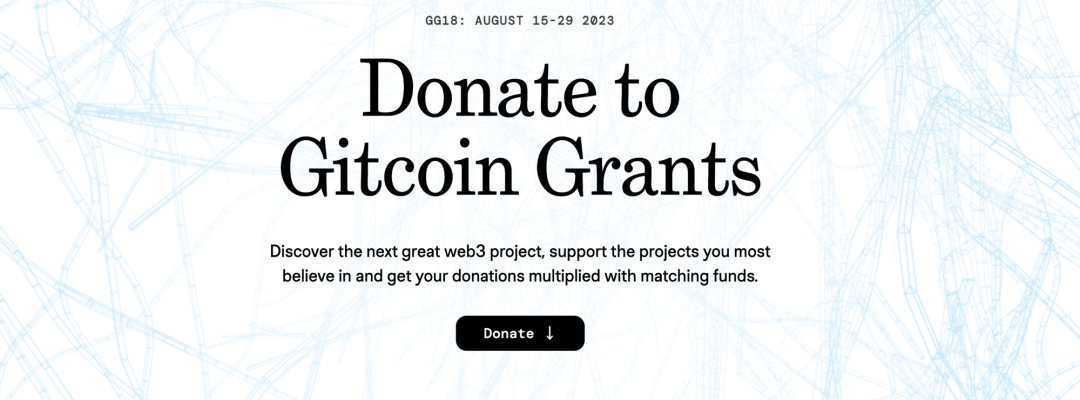 Next, this article will guide you through the donation process in three parts.
Next, this article will guide you through the donation process in three parts.
Tutorial on Donating to Gitcoin Grants 18 Using PGN
Overview of Quality Projects in Gitcoin Grants 18
Donation Suggestions for Gitcoin Grants 18
01 Tutorial on Donating to Gitcoin Grants 18 Using PGN
Before donating, we need to ensure that we have sufficient funds on both the OP network and the PGN network. The OP cross-chain is relatively familiar to everyone, and you can directly withdraw ETH from exchanges or transfer funds from other chains through cross-chain bridges in the OP ecosystem.
https://www.optimism.io/apps/bridges
Next, we will focus on the method of cross-chain funding using PGN:
- Add the PGN network on MetaMask;

- Open the official PGN bridging website:
https://bridge.publicgoods.network/
- Enter the amount, confirm the transaction, and wait for 5-10 minutes.
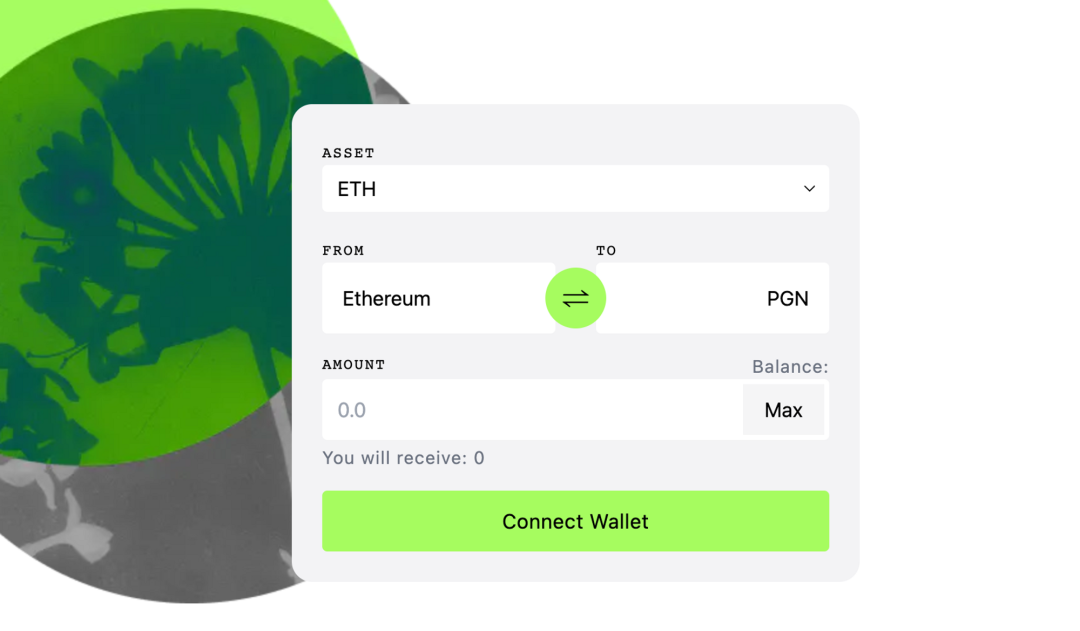
It is important to note that the donation currency through PGN is ETH, while the donation currencies through OP are DAI and ETH. You can cross-chain the corresponding tokens based on your needs.
- After selecting the projects you want to donate to, click "Submit your donation," then switch networks as prompted and confirm the payment to complete the donation. After the transaction is confirmed, the Gitcoin page will redirect to show the following image, indicating that you have successfully donated.
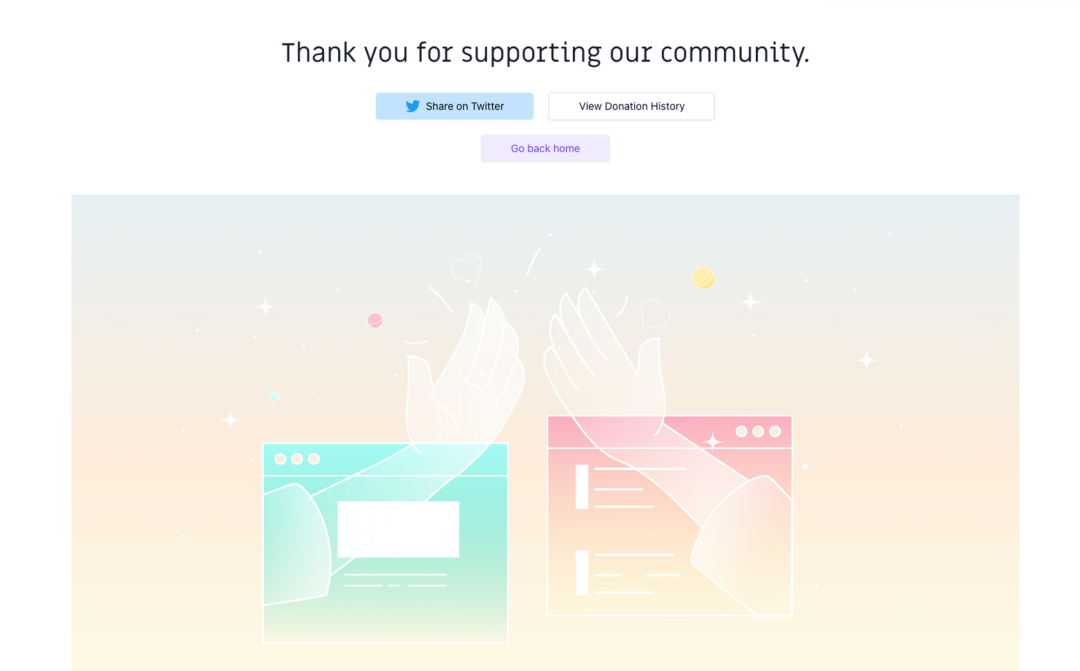
02 Overview of Quality Projects in Gitcoin Grants 18 (1) Gitcoin Project Dashboard
To help users better choose donation projects and quickly browse projects, ChainEye has launched a Gitcoin donation project dashboard, which counts the number of donors, funds, and social media followers for each project by donation category, and allows sorting based on different data. Before donating, you can browse this dashboard for initial screening.
Website: https://chaineye.tools/gr18
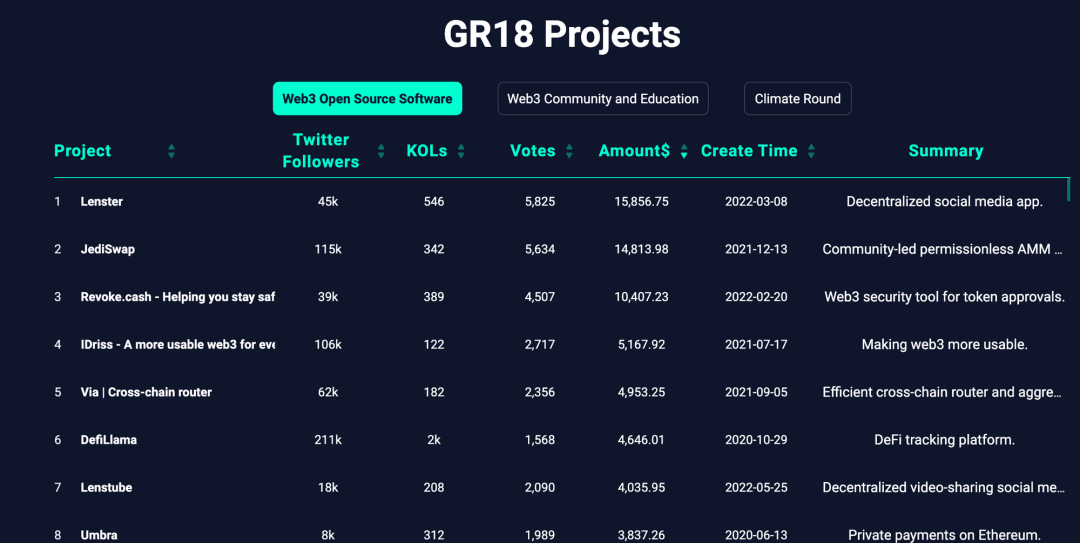
(2) Project Recommendations:
This round of donations mainly consists of the following four major rounds. We will introduce noteworthy projects in each round based on potential airdrop expectations, project needs and practicality, innovation, and the benefits brought to the blockchain world:
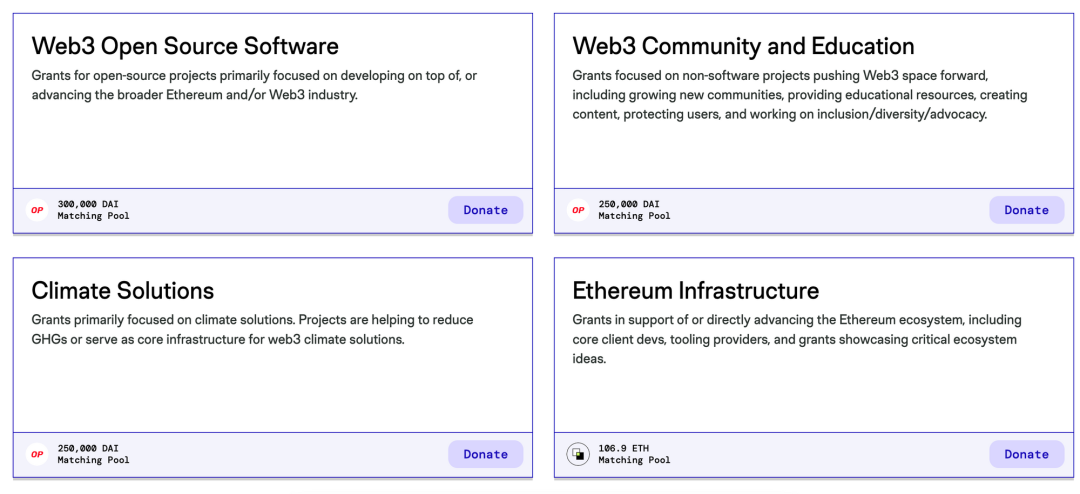
Web3 Open Source Software
https://explorer.gitcoin.co/#/round/10/0x8de918f0163b2021839a8d84954dd7e8e151326d
The Web3 OSS grant primarily targets open-source projects, dedicated to developing or advancing the broader Ethereum and Web3 industries. Open-source software often involves concepts like Web3, DeFi, and NFTs, and there have been precedents for airdrops to donors in these sectors.
- Lenster
Introduction: Lenster is a decentralized, permissionless social media application built on the Lens Protocol. Lenster operates on the Polygon network, allowing users to interact seamlessly with dApps without incurring any fees, and no one can remove any content from the application, not even administrators.
Lenster is powered by the Lens Protocol, a decentralized social graph established by Aave.
Donation:
- JediSwap
Introduction: JediSwap is a DEX built on StarkNet—StarkNet is a rollup on Ethereum that achieves unlimited scalability for Web3 while relying on Ethereum's security.
JediSwap is a fully community-driven project, and anyone can start contributing to JediSwap by joining the JediSwap Discord.
Donation:
- HORIZA
Introduction: HORIZA is a DEX running on the Base chain, combining the advantages of the concentrated liquidity market maker (CLMM) algorithm introduced by Uniswap v3 and active position management, along with Solidly's innovative ve(3,3) design to adjust stakeholder incentives.
Donation:
- ChainEye
Introduction: ChainEye is a free, open-source full-chain analysis tool used by over 100,000 users. It won the tools category award at the 2023 Ethereum Shanghai Hackathon and received funding from Optimism and The Graph Foundation.
Currently, it features Onchain Map (a popular L2 ecosystem data dashboard), BridgeEye (a cross-chain bridge comparison tool), on-chain & CEX transfer fee queries, bulk wallet queries (Starknet/zkSync/Linea/Gitcoin Passport), stablecoin dashboards, free testnet faucets, Ordinals dashboards, and more.
Donation:
- Revoke.cash
Introduction: A one-stop authorization cancellation platform, allowing users to revoke token authorizations immediately upon receiving attack reports.
Donation:
- IDRiss
Introduction: This protocol builds a toolkit for users to access Web3 functionalities, currently offering two tools:
1) IDriss Book: A decentralized Web3 address book allowing users to link personal information to wallet addresses;
2) ID Send: Allows individuals and dApps to send cryptocurrencies and NFTs to anyone on Earth using email, phone numbers, and Twitter usernames;
Donation:
- Via | Cross-chain router
Introduction: A cross-chain aggregator that aggregates cross-chain bridges from over 25 blockchains.
Donation:
- Nomis
Introduction: Nomis helps Web3 users assess and acquire their on-chain reputation through Nomis scores and SBTs on Polygon and zkSync, allowing score holders to receive rewards from ScoreFront and ecosystem partners.
Nomis also utilizes a wallet scoring mechanism to help Web3 brands enable Web3-native loyalty programs, targeted campaigns, and score-based reward distribution, enhancing the ROI of marketing campaigns and preventing bots from receiving rewards.
Donation:
- Umbra
Introduction: Umbra defines a simple standard for implementing private transfers on Ethereum through smart contracts. Umbra currently supports the mainnet and multiple L2s and will continue to deploy on multiple chains using the funds.
Donation:
- Lenstube
Introduction: A decentralized video-sharing social media platform built using the Lens protocol, supported by the Lens Protocol, allowing users to create channels, publish video content and NFTs, permanently store their content, and monetize it.
Donation:
Web3 Community and Education
https://explorer.gitcoin.co/#/round/10/0x2871742b184633f8dc8546c6301cbc209945033e
The Web3 Community and Education grant focuses on non-software projects that drive the Web3 space forward, including developing new communities, providing educational resources, creating content, protecting users, and advocating for inclusivity and diversity.
- EtherScore
Introduction: A decentralized reputation system that creates achievements and on-chain profiles for Web3 users through badges. On top of EtherScore, Dapps can develop reputation-based services, such as curated social networks, fair airdrops/ICOs, DeFi, and DAO governance.
Donation:
- KudasaiJP
Introduction: A Web3-native community that reduces language barriers by providing high-quality Japanese content, spreading information, and helping more people interested in the international market, contributing to Web3 education. Over the past few years, they have conducted more than 200 AMAs and published and translated the latest content and industry developments about Web3.
Donation:
- Biteye
Introduction: Biteye is Asia's leading Web3 research community that generates forward-looking research content and tools through community and AI-driven methods, helping community members explore the Web3 rabbit hole.
Donation:
- ZachXBT
Introduction: ZachXBT is a Twitter influencer known as an on-chain detective, dedicated to exposing various insider trading, phishing scams, project rugs, and fraud in Web3. This donation will be used for ZachXBT's equipment upgrades and legal fees.
Donation:
Ethereum Infrastructure
https://explorer.gitcoin.co/#/round/424/0x222ea76664ed77d18d4416d2b2e77937b76f0a35
Ethereum Infrastructure is designed to support the Ethereum ecosystem. This category includes the following areas: core client development, tool providers, and auxiliary products that showcase ecosystem concepts. (Supports PGN donations)
- Topia Shared DA
Introduction: Topia aims to bring interconnected data availability (DA) layers to Ethereum's rollups, providing a native solution for cross-chain communication. Topia's future vision is to achieve two phased goals for the Ethereum ecosystem: first, to provide a shared DA layer specifically optimized for Ethereum rollups; second, to enable data communication between rollups, achieving "Rollup Data Interconnection," connecting data availability for thousands of future rollups.
Donation:
- Stereum
Introduction: Stereum is a toolkit designed to simplify the process of setting up and maintaining Ethereum/Gnosis nodes. It provides an intuitive GUI that allows for easy installation with just a few clicks, minimizing technical barriers. By reducing complexity, Stereum aims to attract more individuals to join the Ethereum network, promoting the principles of decentralization.
Donation:
- L2BEAT
Introduction: L2BEAT is an analysis and research platform specifically focused on Ethereum's second-layer (L2) scaling solutions, aiming to comprehensively compare various Ethereum L2 systems and provide educational services to the community with objective insights.
Donation:
- INTMAX
Introduction: INTMAX is the first stateless zkRollup that transfers data availability (DA) and computation to clients, providing Ethereum with high scalability and privacy. Additionally, the stateless architecture allows for the democratization of block generation and interoperability. This could mark the beginning of truly convenient decentralized payments.
Donation:
- NiceNode
Introduction: NiceNode is an application for running, monitoring, and controlling nodes, compatible with Linux, Windows, and macOS, aiming to make running a node as simple as downloading an application. Currently, it targets ETH layer 1 nodes.
Donation:
- Ethscriptions
Introduction: Ethscriptions is an Ethereum inscription protocol that allows users to share information and perform computations on Ethereum L1 at significantly reduced costs. Ethscriptions achieves this by bypassing all smart contract storage and execution.
Donation:
Climate Solutions
https://explorer.gitcoin.co/#/round/10/0xb6be0ecafdb66dd848b0480db40056ff94a9465d
Climate solutions are mostly public welfare products that clearly help reduce greenhouse gas emissions or build important core infrastructure as Web3 climate solutions. This category has a lower probability of issuing tokens and airdrops; Biteye only introduces innovative projects, and users can choose whether to donate.
- Earthist
Introduction: This project started in 2019, focusing on preserving traditional seeds and promoting regenerative hemp cultivation. They combine natural farming with modern technology, aiming to establish micro-processing centers for small and family farmers, further enhancing regional economies and seed preservation, with the goal of maintaining seed availability and diversity in the future.
Donation:
- Silvi
Introduction: This project aims to help plant more trees to protect the Earth's environment by establishing tools that allow people to invest in tree planting, similar to buying a "bond" for a tree, and track the growth of the trees. They also have a mobile app that allows people to participate in tree planting like a game and earn rewards based on the condition of the trees.
Donation:
- Litter Token
Introduction: An environmentally friendly project themed around picking up trash, with community members covering over 10 countries, having collected 76k pieces of trash with corresponding open-source image proof. Photos of trash collection can be posted in their Discord to receive LTK tokens. This round of donations will help fund trash collection efforts in areas like the Amazon rainforest and the Pacific coast of Colombia.
Donation:
03 Donation Suggestions for Gitcoin Grants 18
Biteye summarizes the following donation suggestions based on previous rounds of donations:
- Although Gitcoin does not have a limit on donation amounts, the minimum amount for each project should be greater than 1U. On the other hand, due to ETH price fluctuations, you can choose to donate with DAI; if donating with ETH, considering price volatility, it is recommended to donate at least 0.001 ETH.
(Note: Some project teams only use whether a donation was made as a criterion for airdrops, while others weigh the amount donated.)
Gitcoin donations are a good on-chain interaction behavior. Optimism has previously considered "users making Gitcoin donations on the mainnet" as one of the weights for airdrops. Donations are also a low-cost way to increase Passport scores.
Previous Gitcoin donations could be made through zkSync, saving costs and achieving zkSync interactions, but this time donations can be made using OP or PGN chains (limited to the Ethereum infrastructure round), which can significantly reduce network fees.
Donations should not be delayed too long; making donations in the last few days may encounter network congestion, causing you to miss the donation deadline.
First, verify your Passport score to be above 20 before making a donation. You can use Chaineye to bulk query the Gitcoin Passport scores of addresses:
https://chaineye.tools/gitcoin-score
If you find that your Gitcoin Passport score is below 20, you can refer to the detailed score improvement guide previously released by Biteye:
These are all the key points and recommended projects for Gitcoin Grants 18 donations.









